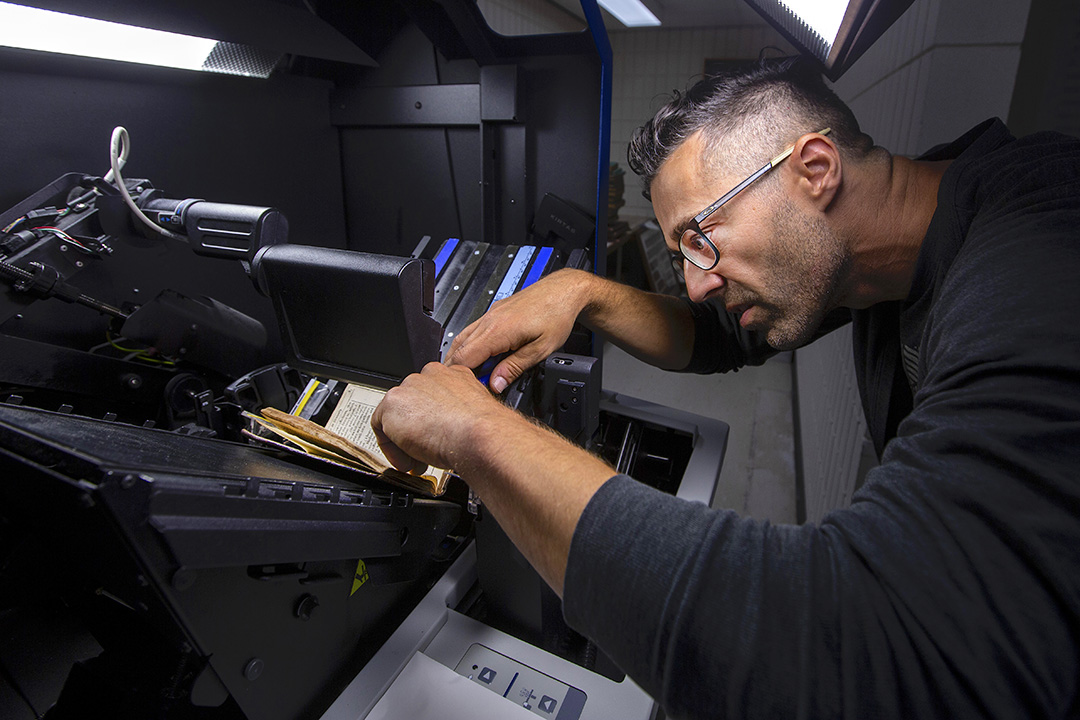
USask Murray Library new home for digital research
A new home for the Digital Research Centre (DRC) is helping make research, artistic works, and items of cultural significance more accessible to faculty and graduate students, as well as members of the community.
By Sean ConroyThe University Library has partnered with the College of Arts and Science to expand research support at the University of Saskatchewan (USask). The DRC, previously located in the Arts Building, will officially open its new location on the second floor of the Murray Library this month.
“The library is uniquely positioned on campus to dedicate discipline-neutral space to facilitate digital research,” said Dr. Melissa Just (EdD), dean of the University Library. “The DRC will allow our faculty and students to capitalize on library expertise and information resources, and apply digital research tools, methods and skills to create and produce innovative scholarly outputs.”
The DRC works with researchers to create digital platforms, assist with digital asset management, and support the development of grant proposals for research involving digital technologies.
“The primary goal of the DRC is to make research, items of culture significance, and artistic works more accessible and to support new forms of scholarly output,” said Craig Harkema, co-director of the DRC. “Relocating the space will allow the library to better support the digital scholarship needs of the university.”
“The exciting new structure of the DRC will provide a range of supports—from assistance in grant development to archiving digital projects in accessible ways—and now features collaborative services and creative work spaces for students, faculty, and research community partners,” said Dr. Peta Bonham-Smith (PhD), dean of the College of Arts and Science. “The opening of the new DRC space in the library engages with a university-wide mandate and USask’s strategic commitments: courageous curiosity, boundless collaboration, and inspired communities.”
USask researchers are already making use of the DRC’s resources and workspace. Researchers from across campus have been working on a variety of projects, including text analysis, oral histories and database design. Among the projects currently ongoing and supported by the DRC is the Northern Heritage Digitization Strategy, a digitization project that focuses on items of cultural and historical significance.
The DRC also works collaboratively with community partners. Colin Osmond, a USask PhD candidate conducting historical research with the Pictou Landing Mi’kmaq First Nation in Pictou, N.S., has worked extensively with the DRC on his research.
“I have been able to create an online database where all of my primary research can be stored and shared with the Pictou Landing community, allowing them to remain up-to-date and involved in my current research, and have access to a collection of important historical documents about their community’s history.”
The official opening of the DRC is Thursday, Oct. 24 at 2pm in Murray 228.

